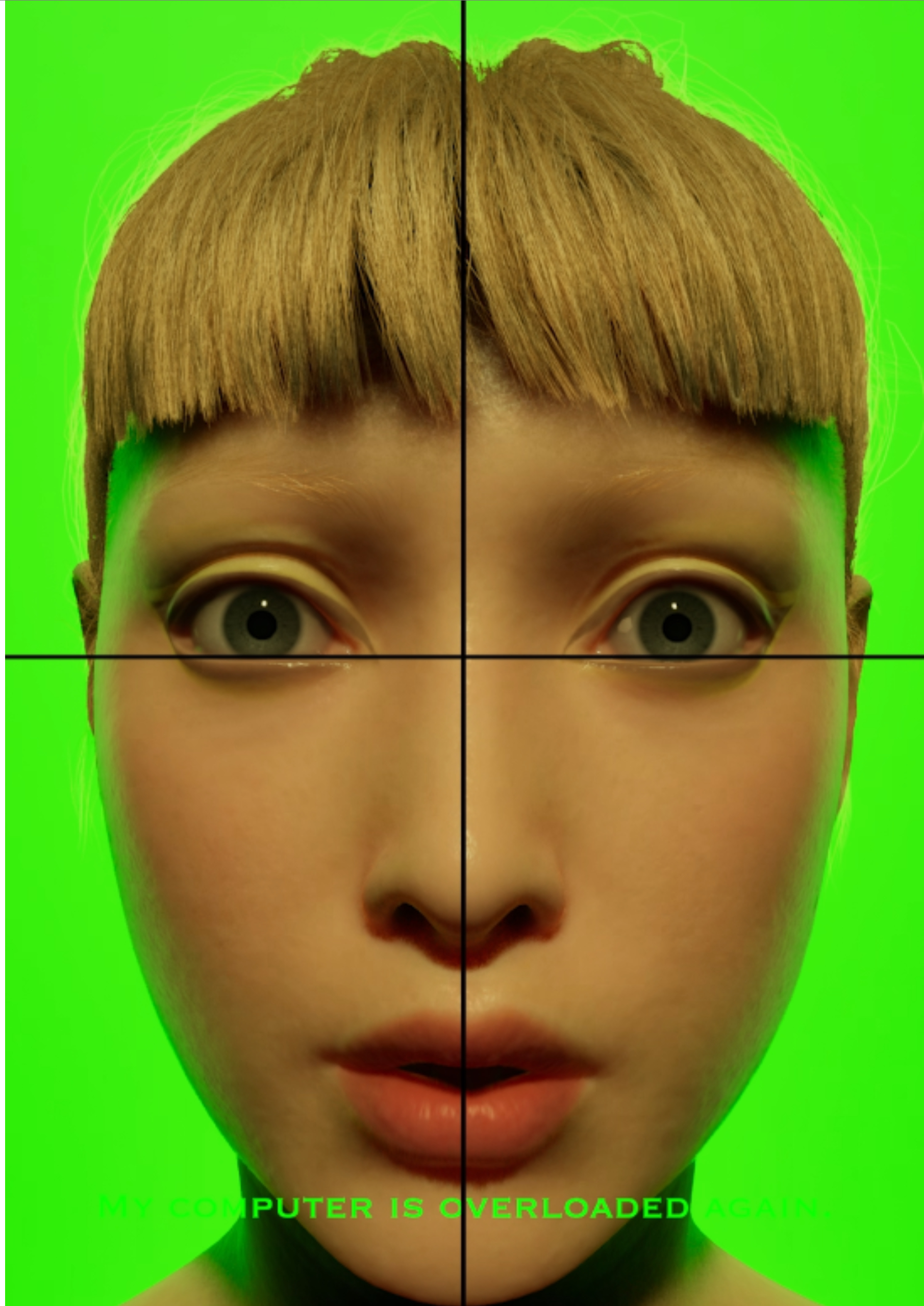
SYNTHETIKA: Yuting Chen
A Camera and an Engine
Yuting Chen
FILE São Paulo 2025 | Videoart
Festival Internacional de Linguagem Eletrônica
A Camera and an Engine – China
A Camera and an Engine é um vídeo renderizado de 4 canais que retrata a dualidade do estado suspenso de uma jovem streamer de videogames chinesa nos mundos digital e real. Virtualmente, essa suspensão se manifesta em encontros com falhas, bugs e áreas não programadas, enquanto, na realidade, representa a instabilidade e a ansiedade em uma sociedade acelerada e altamente competitiva.
BIO
Yuting é uma artista multimídia chinesa nascida em 1998, com base em Londres e Pequim. Seus interesses de pesquisa focam no vídeo experimental, motores de jogos e nos paradoxos da virtualização da realidade. Yuting é bacharel pela Universidade de Tsinghua em Mídia Impressa, e completou seu mestrado em Belas Artes na mesma universidade e no Royal College of Art, no Reino Unido.
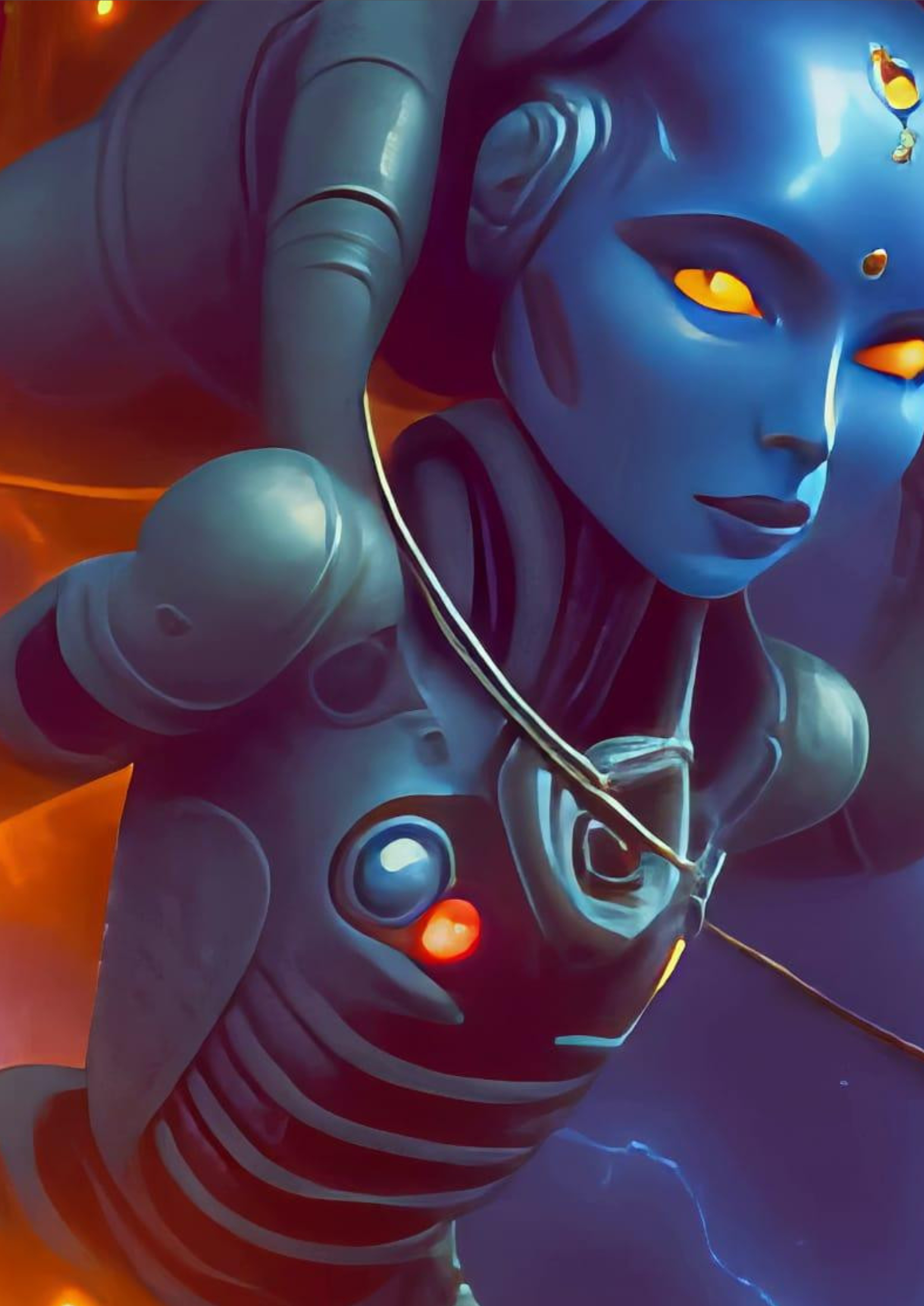
SYNTHETIKA: Subsomnia
Deep Sixxx
Subsomnia
FILE São Paulo 2025 | Instalações
Festival Internacional de Linguagem Eletrônica
Deep Sixxx – Áustria
Um mundo de ficção científica onde cyborgs com rostos humanos surgem. O vídeo brinca com o contraste entre um mundo tecnomórfico e a beleza dos rostos femininos incorporados — uma ilusão que pode se dissolver quando eles se transformam de volta em robôs. Não leve muito a sério!
Música Deep Sixxx de I swear to God foi baixada de https://starfrosch.com sob uma licença Creative Commons 3.0.
BIO
Estudou medicina e filosofia, passou um ano na academia de cinema e trabalhou com grupos de teatro em atuação, vídeo e fotografia. Após obter o diploma de médico, trabalhou como médico de emergência. Como base de seu trabalho, utiliza gravações de câmera, que processa por meio de IA. Seus visuais são pinturas em movimento — onde cores e estruturas não estão congeladas em uma tela, mas ganham vida.
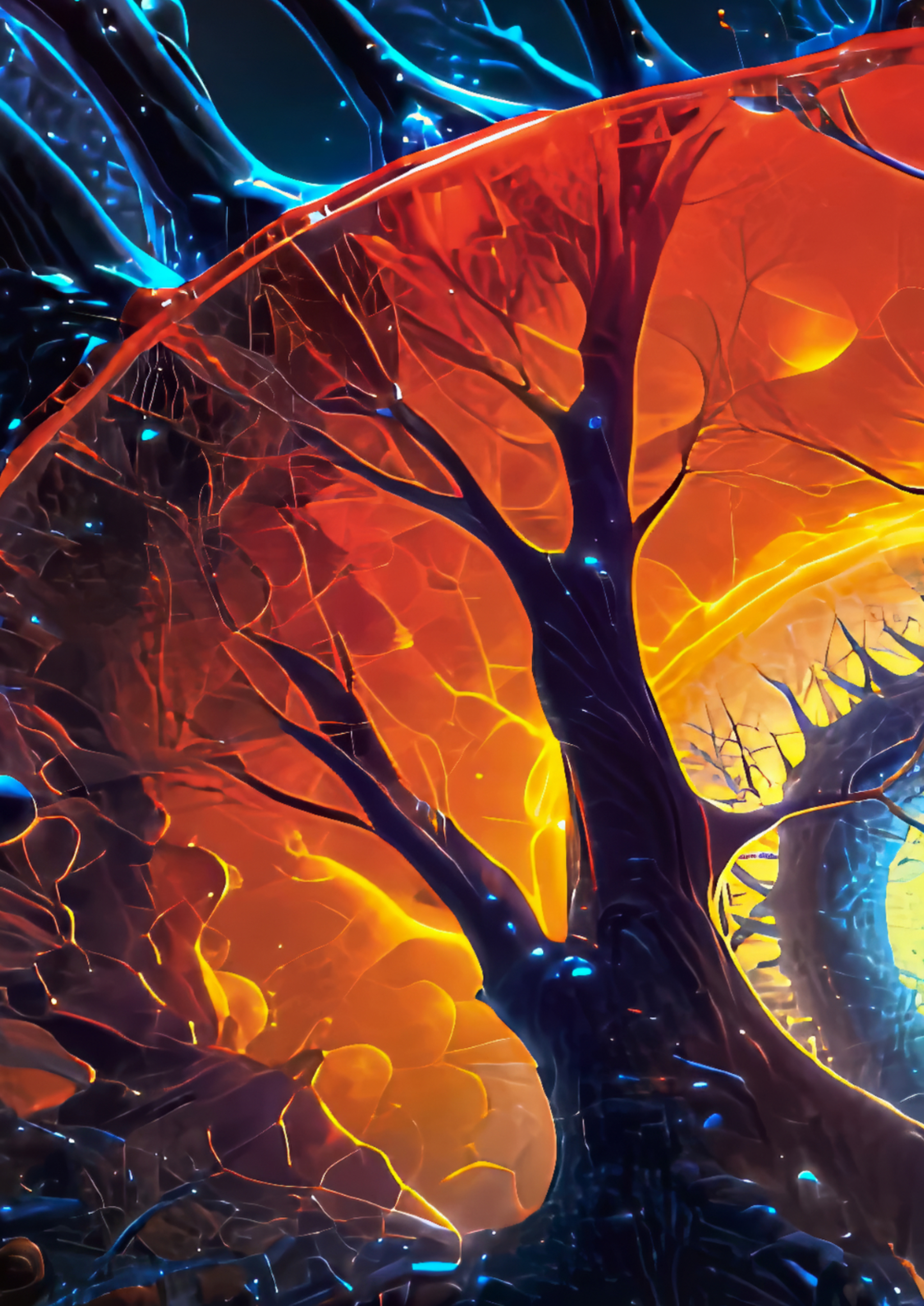
SYNTHETIKA: Subsomnia
Stellar Civilizations
Subsomnia
FILE São Paulo 2025 | Instalações
Festival Internacional de Linguagem Eletrônica
Stellar Civilizations – Áustria
Estruturas organoides – talvez remanescentes congelados de um mundo alienígena. Ou será que ainda há vida dentro delas? Suas cores vívidas não indicam sinais de decomposição. Até que você descubra a resposta, simplesmente aproveite sua beleza e a música relaxante de Dreamstate Logic.
Sob uma licença Creative Commons.
BIO
Estudou medicina e filosofia, passou um ano na academia de cinema e trabalhou com grupos de teatro em atuação, vídeo e fotografia. Após obter o diploma de médico, trabalhou como médico de emergência. Como base de seu trabalho, utiliza gravações de câmera, que processa por meio de IA. Seus visuais são pinturas em movimento — onde cores e estruturas não estão congeladas em uma tela, mas ganham vida.
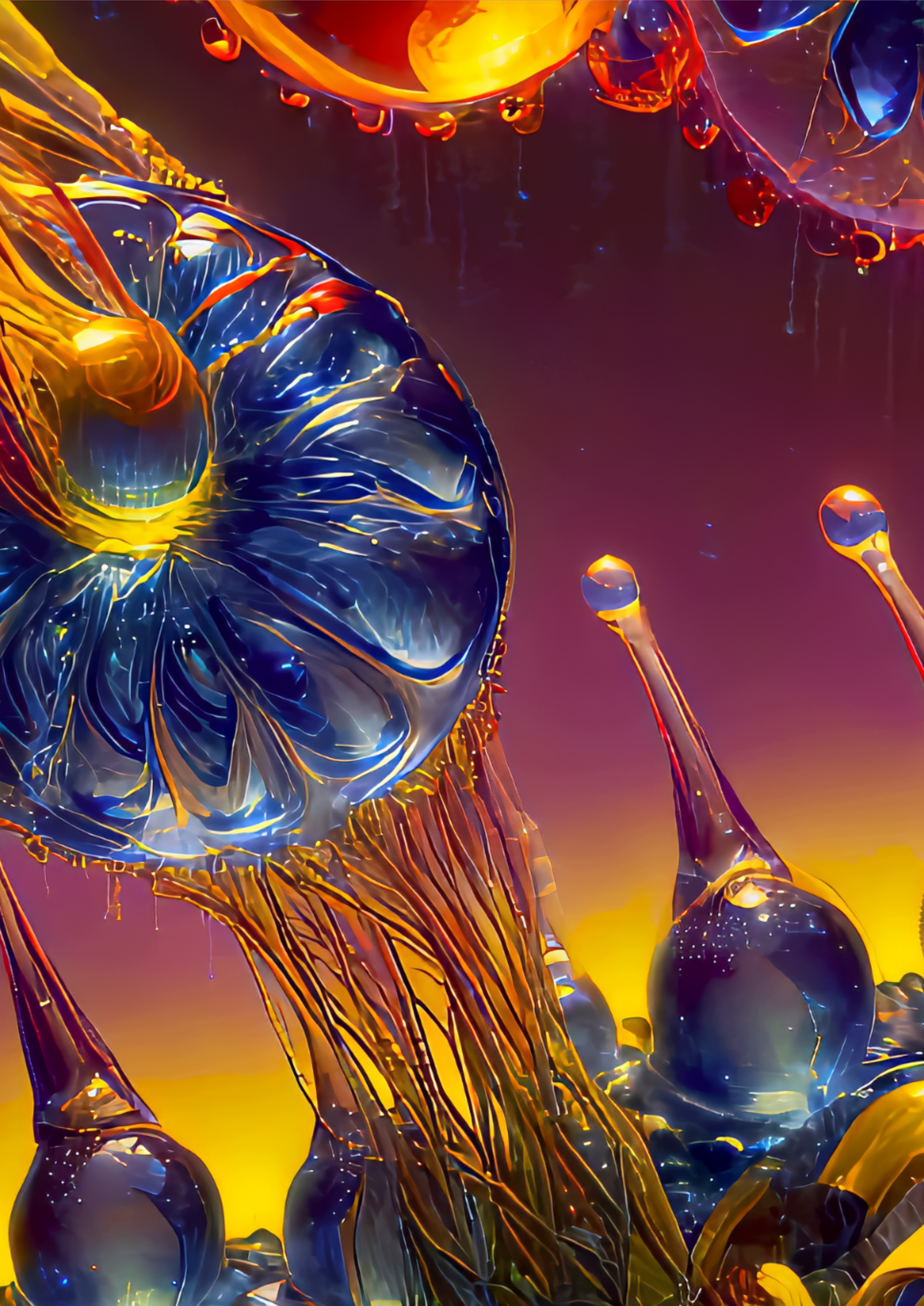
SYNTHETIKA: Subsomnia
Vivaldi
Subsomnia
FILE São Paulo 2025 | Instalações
Festival Internacional de Linguagem Eletrônica
Vivaldi – Áustria
Vivaldi, para Subsomnia, representa intensidade emocional e beleza ornamental. Neste vídeo, ele tenta encontrar um contraponto visual para a composição sonora, incorporando elementos inspirados na maestria da fabricação de vidro em Veneza. No entanto, não tem total certeza se a música de Vivaldi realmente precisa de um acompanhamento visual…
Música: Antonio Vivaldi, La Cetra, Opus 9, Concerto No. 3 em G, Largo, interpretado por Carl Pini, John Tunnell, Anthony Pini, Harold Lester, Denis Stevens, Orchestra of Accademia Monteverdiana.
Download: musopen.org com uma Licença de Marca de Domínio Público 1.0 Universal – PDM 1.0 – Deed – Licença – Sem Copyright
BIO
Estudou medicina e filosofia, passou um ano na academia de cinema e trabalhou com grupos de teatro em atuação, vídeo e fotografia. Após obter o diploma de médico, trabalhou como médico de emergência. Como base de seu trabalho, utiliza gravações de câmera, que processa por meio de IA. Seus visuais são pinturas em movimento — onde cores e estruturas não estão congeladas em uma tela, mas ganham vida.
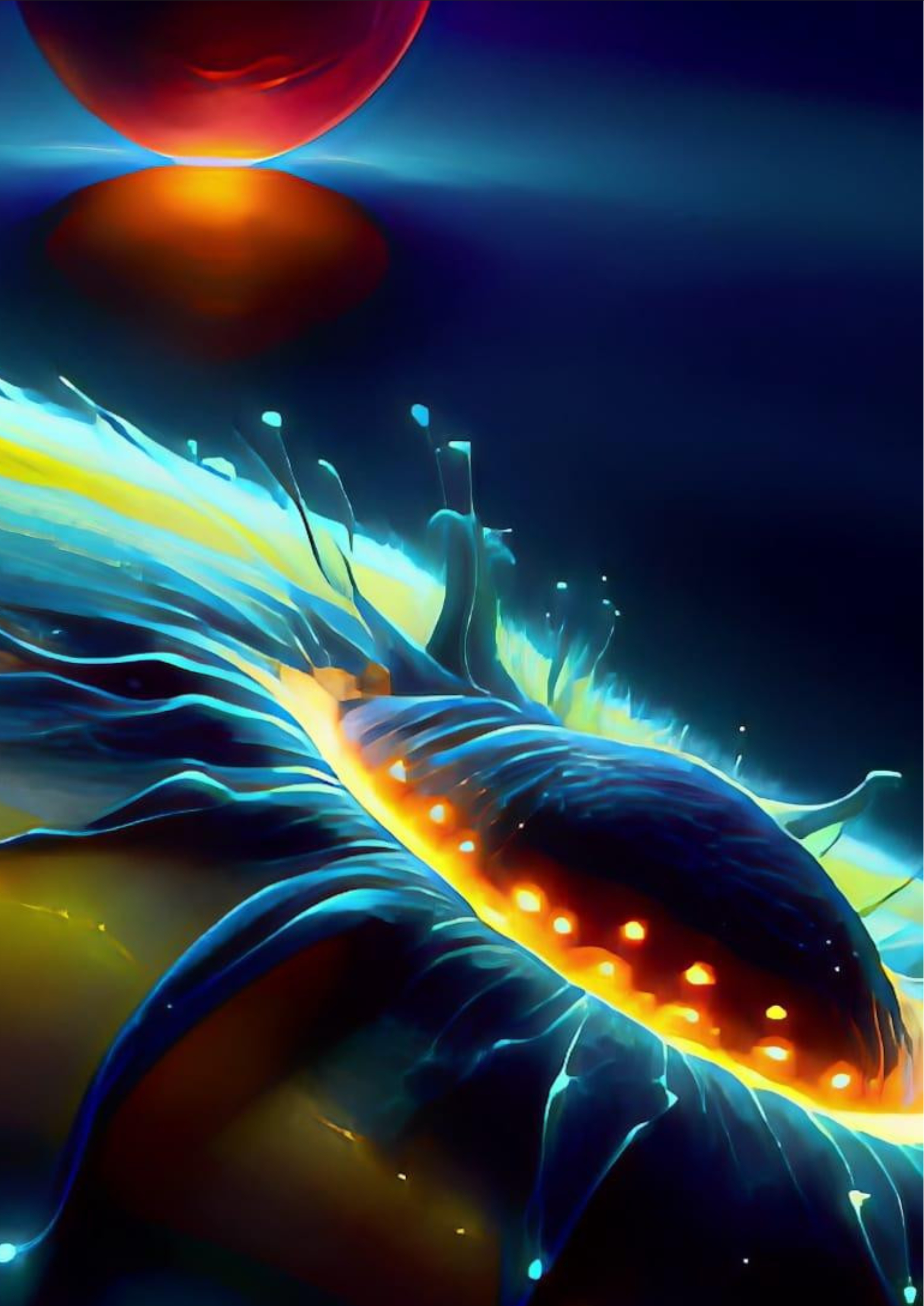
SYNTHETIKA: Subsomnia
Windswept
Subsomnia
FILE São Paulo 2025 | Instalações
Festival Internacional de Linguagem Eletrônica
Windswept – Áustria
Estruturas semelhantes a planetas emergem e desaparecem novamente, mantidas em movimento por uma força que agita o espaço e o tempo como o vento. Horizontes surgem e se dissolvem — tudo está em constante mudança e metamorfose…
Música cortesia de The Intangible: Windswept do novo álbum de The Intangible: Starlove.
BIO
Estudou medicina e filosofia, passou um ano na academia de cinema e trabalhou com grupos de teatro em atuação, vídeo e fotografia. Após obter o diploma de médico, trabalhou como médico de emergência. Como base de seu trabalho, utiliza gravações de câmera, que processa por meio de IA. Seus visuais são pinturas em movimento — onde cores e estruturas não estão congeladas em uma tela, mas ganham vida.

Frederik Heyman
CEREMONIAL FORMALITY
Frederik Heyman’s work is a balancing act incorporating multiple media – including video, installations and photogaphy – often in a digitally altered environment. In his work, Heyman explores memory and duration, using photogrammetry and 3D scanning to depict and represent the passage of time. The hallmarks of Heyman’s work are mechanical and technological: wires, wheels, scrolling LED marquees, metal frames, clamps, industrial lights, screens and cameras. Bodies–as opposed to humans–are subject to unusual dynamics with these technological trappings. In Ceremonial Formality (2020) a contortionist is encased in a metal cage while a spectator, hooked up to wires, looks on.
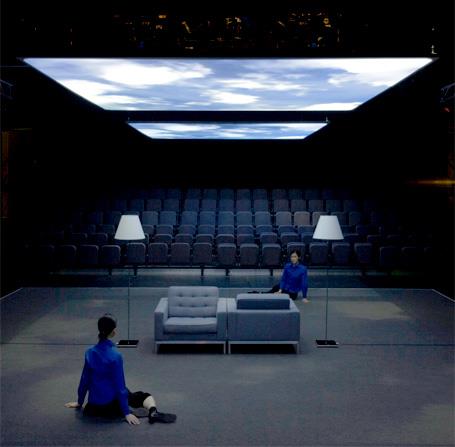
SHIRO TAKATANI
高谷史郎
史郎の高谷
La chambre claire
La Chambre Claire (or Camera Lucida) is a show built up from precise, symmetrical movements, inviting spectators to embark on a thought-provoking journey into their most intimate and personal territory. In this, his first solo work as creative artist and director, Shiro Takatani pays homage to the French writer Roland Barthes and his essay on photography, La chambre claire (1980). The result is a performance that blends theatre, the art of movement and installation to compose a great fresco full of subtle, elegant minimalist images that advance towards an aesthetic climax. Reflecting on photography and memory, the production invites us to embark upon an intimate, solitary journey to look inside ourselves and formulate a personal interpretation of what we see.
.
La Chambre Claire (oder Camera Lucida) ist eine Show, die aus präzisen, symmetrischen Bewegungen aufgebaut ist und die Zuschauer zu einer zum Nachdenken anregenden Reise in ihr intimstes und persönlichstes Gebiet einlädt. In seiner ersten Soloarbeit als kreativer Künstler und Regisseur huldigt Shiro Takatani dem französischen Schriftsteller Roland Barthes und seinem Aufsatz über Fotografie, La chambre claire (1980). Das Ergebnis ist eine Performance, die Theater, Bewegungskunst und Installation miteinander verbindet, um ein großartiges Fresko voller subtiler, eleganter minimalistischer Bilder zu komponieren, die sich einem ästhetischen Höhepunkt nähern. Die Produktion reflektiert Fotografie und Erinnerung und lädt uns ein, eine intime, einsame Reise zu unternehmen, um in uns selbst zu schauen und eine persönliche Interpretation dessen zu formulieren, was wir sehen.
.
La Chambre Claire(またはCamera Lucida)は、正確で対称的な動きから構築されたショーであり、観客を招待して、最も親密で個人的な領域への示唆に富む旅に出ます。この中で、クリエイティブアーティスト兼ディレクターとしての彼の最初のソロ作品である高谷史郎は、フランスの作家ロラン・バルトと彼の写真に関するエッセイ、ラ・シャンブル・クレア(1980)に敬意を表しています。その結果、劇場、動きの芸術、インスタレーションを融合させて、美的クライマックスに向けて前進する繊細でエレガントなミニマリストのイメージに満ちた素晴らしいフレスコ画を構成するパフォーマンスが生まれました。写真と記憶を反映して、この作品は私たちを親密で孤独な旅に乗り出し、自分自身の内部を見て、私たちが見ているものの個人的な解釈を定式化するように誘います。
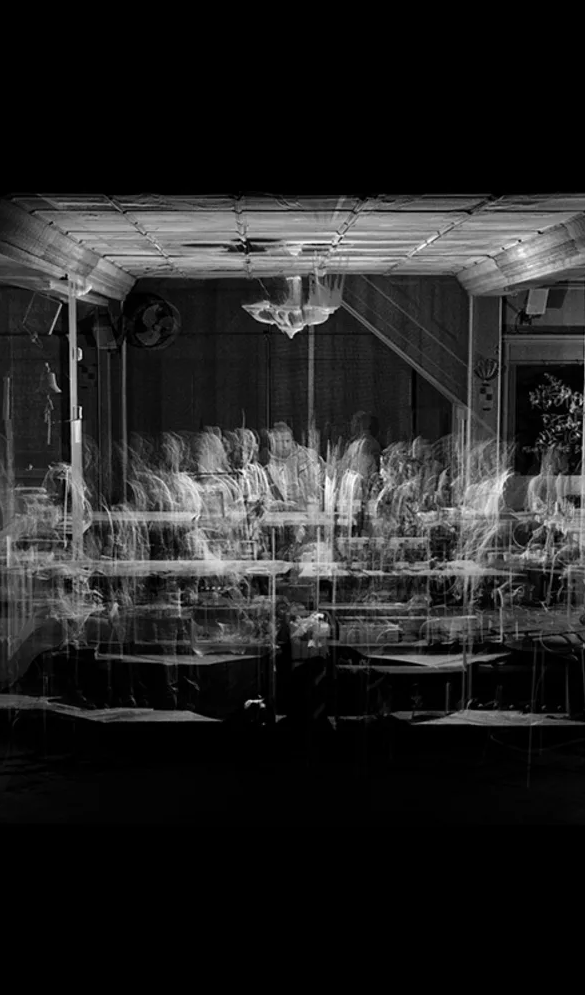
SCANLAB
FRAMERATE
Created from thousands of daily 3D time-lapse scans of British landscapes, the work observes change on a scale impossible to see with the lens of traditional cameras. This is not just an artwork. The data collected and presented by FRAMERATE is ground-breaking scientific research, containing empirical, measurable facts. We glimpse a future perpetually documented by the eyes of a billion autonomous vehicles and personal devices, creating high fidelity spatial records of the earth.
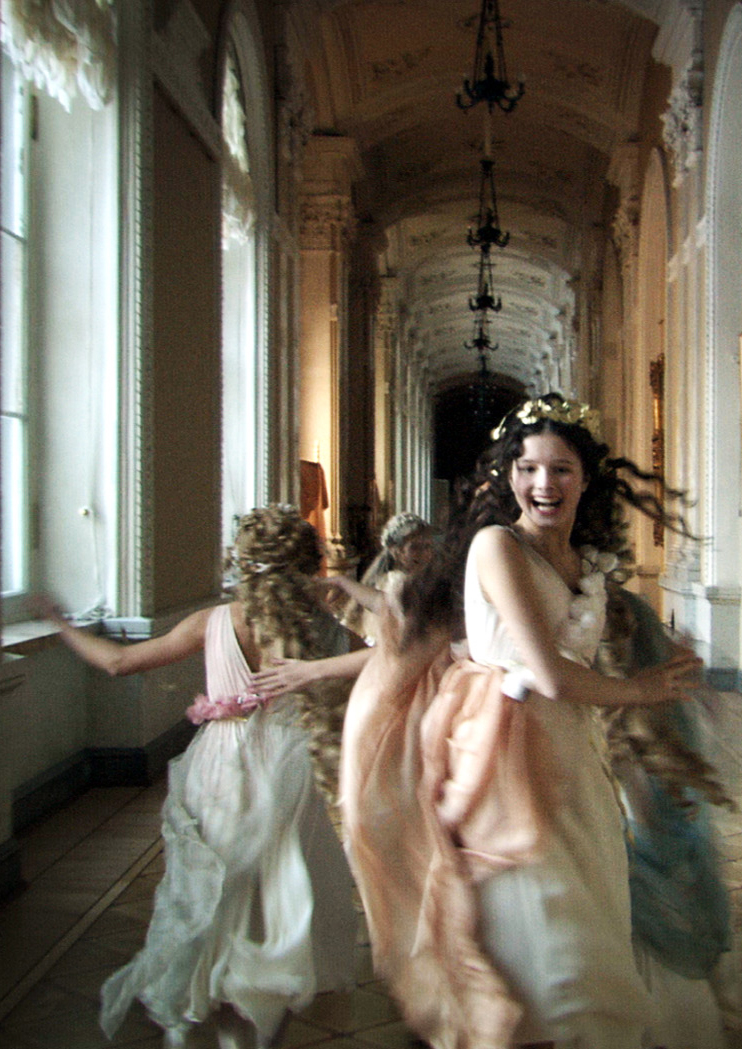
Aleksandr Sokurov
ألكسندر سوكوروف
亚历山大·索科洛夫
Александр Сокуров
Russian Ark
“Alexander Sokurov’s desire to film The Russian Arch in one continuous take required extraordinary technical solutions. Since it is physically impossible to shoot more than twelve minutes of conventional film, we had to shoot on video. However, it was only the relatively recent arrival of 24p high definition compact cameras that offered the visual quality and the ability to make this film for theaters, including transferring the digital image to a 35mm negative.With the help of German specialists a complex portable platform was designed to meet the demands of the scenario which included precise architectural plans, highlighting the distance of 1300 meters covered by the course of the action. It was decided that the only way to move the camera would be to use a steadycam, although we could not be sure until after the final image that such a long steadycam shot would be possible, given the physical performance. extreme demanded from the German cinematographer, Tilman Büttner. After months of rehearsals, the 867 actors and extras, the three “live” orchestras all had to know their position and precise roles “. It’s just amazing.
cinema full

FREDERIK HEYMAN
Formalidade Cerimonial
O trabalho de Frederik Heyman é um ato de equilíbrio que incorpora várias mídias – incluindo vídeo, instalações e fotografia – muitas vezes em um ambiente digitalmente alterado. Em seu trabalho, Heyman explora a memória e a duração, usando fotogrametria e digitalização 3D para retratar e representar a passagem do tempo. As marcas registradas do trabalho de Heyman são mecânicas e tecnológicas: fios, rodas, letreiros LED de rolagem, armações de metal, pinças, lâmpadas industriais, telas e câmeras. Corpos – ao contrário dos humanos – estão sujeitos a uma dinâmica incomum com essas armadilhas tecnológicas. Em Cerimonial Formality (2020), uma contorcionista está presa em uma gaiola de metal enquanto um espectador, preso a fios, observa.
.
Zeremonielle Formalität Frederik Heymans Arbeit ist ein Balanceakt, der mehrere Medien einbezieht – darunter Video, Installationen und Fotografie – oft in einer digital veränderten Umgebung. In seiner Arbeit erforscht Heyman Gedächtnis und Dauer, indem er Photogrammetrie und 3D-Digitalisierung verwendet, um den Lauf der Zeit darzustellen und darzustellen. Die Markenzeichen von Heymans Arbeit sind mechanisch und technologisch: Drähte, Räder, scrollende LED-Schilder, Metallrahmen, Pinzetten, Industrielampen, Bildschirme und Kameras. Körper unterliegen bei diesen technologischen Fallstricken – anders als der Mensch – einer ungewöhnlichen Dynamik. In Ceremonial Formality (2020) ist ein Schlangenmensch in einem Metallkäfig gefangen, während ein kabelgebundener Zuschauer zuschaut.
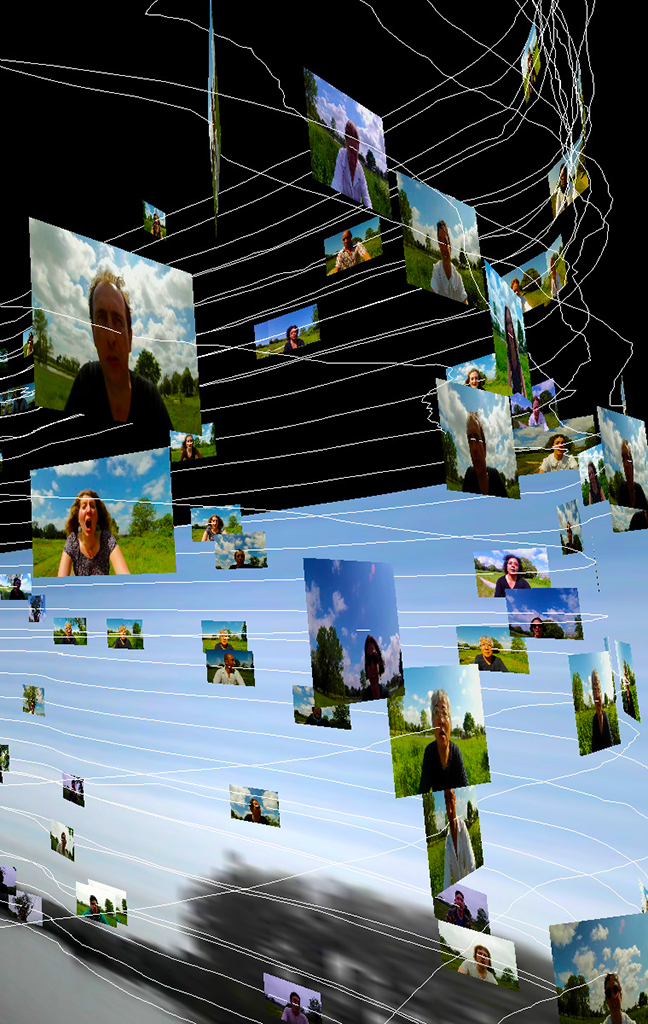
Masaki Fujihata
Voices of Aliveness
This project, upon the initiative of l’Ecole des Beaux-Arts de Nantes, has been conceived as a meta-monument where are gathered video sequences recorded by a camera with GPS. People are screaming while biking in a 500 m circle in the countryside. The traces of this route can be visualized thanks to lines that form a sort of tower in the virtual space, where it can go on indefinitely. On these lines, in an order that looks more like a music score than a succession of shootings, mobile video screens simultaneously display the image of the performances.
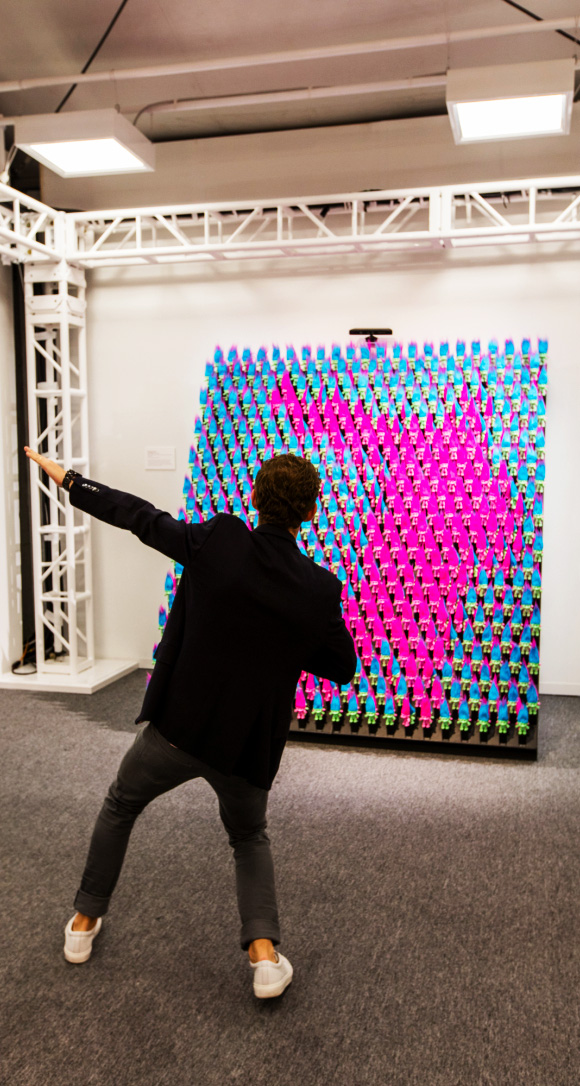
Daniel Rozin
Troll Mirror
The mechanical mirrors are made of various materials but share the same behavior and interaction; any person standing in front of one of these pieces is instantly reflected on its surface. The mechanical mirrors all have video cameras, motors and computers on board and produce a soothing sound as the viewer interacts with them. Troll Mirror was commisioned by Traget and is made of pairs of pink and blue troll dolls. Every troll doll pair can rotate so that the pink or blue troll face the front. The result is a colorfull reflection of the viewer’s outline and playfull colorfull transitions

Pablo Valbuena
Kinematope
Kinematope is specific twice over. First, for being formulated as a response to the perceptual qualities and inner structure of the place it activates. Second, its kinematic nature is directly connected to the function of the train station itself: transit, transport, motion. Kinematope uses ephemeral and intangible materials, projected light and sound, to set the space in motion. It makes use of elements from the cinema apparatus to generate a spatial film. It is a direct filmic experience that omits the mediation of the camera, transporting the observer into a virtual space-time and maintaining at the same time the real, physical bonds of the body with its environment.
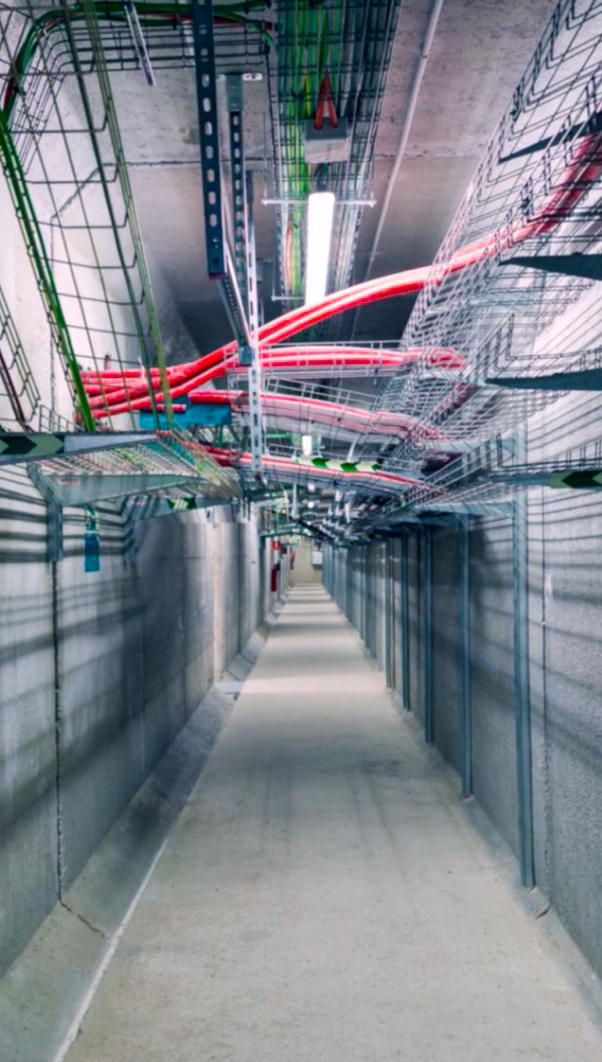
Timo Arnall
Internet Machine
“Internet machine is a multi-screen film about the invisible infrastructures of the internet. The film reveals the hidden materiality of our data by exploring some of the machines through which ‘the cloud’ is transmitted and transformed. The film explores these hidden architectures with a wide, slowly moving camera. The subtle changes in perspective encourage contemplative reflection on the spaces where internet data and connectivity are being managed. In this film I wanted to look beyond the childish myth of ‘the cloud’, to investigate what the infrastructures of the internet actually look like. It felt important to be able to see and hear the energy that goes into powering these machines, and the associated systems for securing, cooling and maintaining them.” Timo Arnall

Ben Katz & Jared Di Carlo
The Rubik’s Contraption
“That was a Rubik’s cube being solved in 0.38 seconds. The time is from the moment the keypress is registered on the computer, to when the last face is flipped. It includes image capture and computation time, as well as actually moving the cube. The motion time is ~335 ms, and the remaining time image acquisition and computation. For reference, the current world record is/was 0.637 seconds. The machine can definitely go faster, but the tuning process is really time consuming since debugging needs to be done with the high speed camera, and mistakes often break the cube or blow up FETs. Looking at the high-speed video, each 90 degree move takes ~10 ms, but the machine is actually only doing a move every ~15 ms. For the time being, Jared and I have both lost interest in playing the tuning game, but we might come back to it eventually and shave off another 100 ms or so.” Ben Katz

Lauren Lee McCarthy
SOMEONE
SOMEONE imagines a human version of Amazon Alexa, a smart home intelligence for people in their own homes. For a two month period in 2019, four participants’ homes around the United States were installed with custom-designed smart devices, including cameras, microphones, lights, and other appliances. 205 Hudson Gallery in NYC housed a command center where visitors could peek into the four homes via laptops, watch over them, and remotely control their networked devices. Visitors would hear smart home occupants call out for “Someone”—prompting the visitors to step in as their home automation assistant and respond to their needs. This video installation presents documentation from the initial performance on four screens throughout the space.

Michiko Tsuda
YOU WOULD COME BACK THERE TO SEE ME AGAIN THE FOLLOWING DAY
This installation utilizes mirrors and video cameras combined with various types of frame, a motif often discussed in the context of the history of painting and film. The title is a typical English sentence in free indirect speech (by what is normally a third-person subject). With the object of “there” and “following day” varying with the context, this title reflects the experience of viewers, whose relationship to their image and to the space raises questions about the meaning of “here” and “now.”
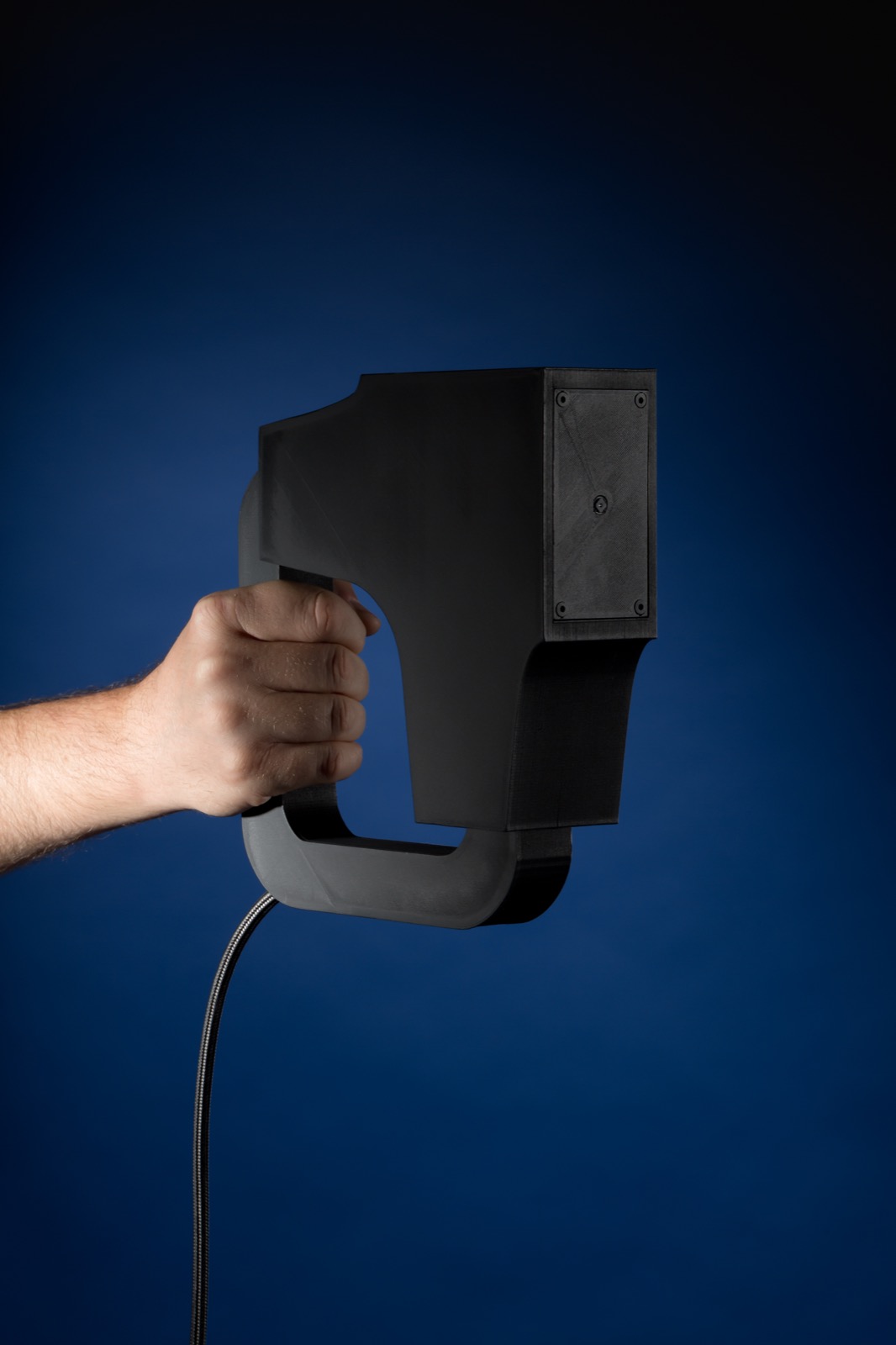
Marta Revuelta
AI Facial Profiling, Levels of Paranoia

Refik Anadol
Machine Hallucination
Refik Anadol’s most recent synesthetic reality experiments deeply engage with these centuries-old questions and attempt at revealing new connections between visual narrative, archival instinct and collective consciousness. The project focuses on latent cinematic experiences derived from representations of urban memories as they are re-imagined by machine intelligence. For Artechouse’s New York location, Anadol presents a data universe of New York City in 1025 latent dimensions that he creates by deploying machine learning algorithms on over 100 million photographic memories of New York City found publicly in social networks. Machine Hallucination thus generates a novel form of synesthetic storytelling through its multilayered manipulation of a vast visual archive beyond the conventional limits of the camera and the existing cinematographic techniques. The resulting artwork is a 30-minute experimental cinema, presented in 16K resolution, that visualizes the story of New York through the city’s collective memories that constitute its deeply-hidden consciousness.
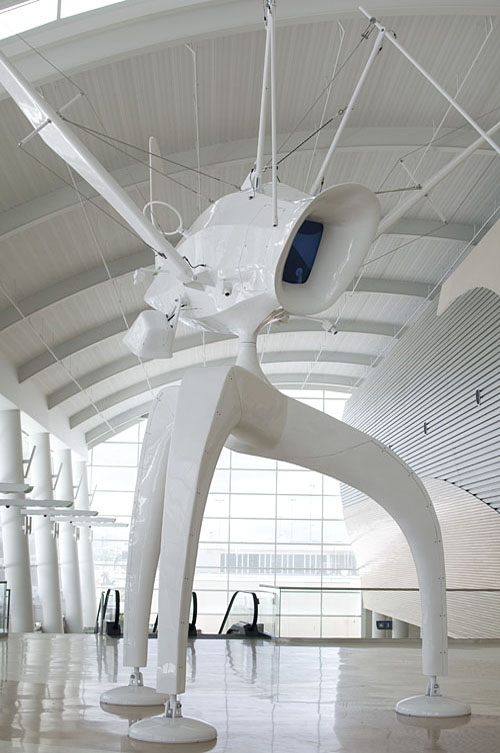
BJOERN SCHUELKE
Space observer
This huge sculpture is placed in California’s Mineta San Jose airport, where high-tech art welcomes the passengers. At the top of the escalator at the new Terminal B you will find Schuelke’s absurd machine. This giant three-legged sculpture explores the interactivity between humans and modern technology. It will quietly rotate with the aid of two propeller-tripped arms. And its ‘eye’ reveals images picked up from embedded cameras.

JEFFREY SHAW
Disappearance
In this work the movement of a large video monitor mounted on an industrial fork-lift truck creates a virtual representation of a larger than life size ballerina. As the forklift moves the monitor up and down the ballerina is presented from head to toe, and as the forklift truck rotates the ballerina also appears to turn. In this way the monitor functions as a window that gradually reveals the virtual presence of the ballerina who is dancing in the same axis as the rotating forklift truck. Also visible inside the motor compartment of the forklift truck is a small rotating ballerina figurine in front of which a video camera moves up and down. This mechanism is electronically synchronised with the movement of the forklift itself and provides the closed circuit source for the video image of the ballerina that is seen on the monitor screen. Disappearance evokes and celebrates the memory of the ballerina on a music box (a first generation robot) and generates her virtual reconstruction to the extent that the machinery of reproduction itself now incarnates her pirouettes.
video

Francis Alÿs
Tornado
“Over the last decade Alÿs made recurrent trips to the highlands south of Mexico City to chase, video camera in hand, the dusty whirls whipped up by the wind in the burnt fields at the end of the dry season. Rumor has it that the genesis of this project was, in fact, a comic quid pro quo: Alÿs overheard a conversation where friends were talking about Don Quixote fighting windmills (in Spanish, molinos de viento), but he understood instead tornadoes (remolinos de viento). As in Cervantes work, Alÿs’s intent to penetrate the peaceful zone in the epicenter of the tornado illustrates a condition where ‘the vanity of the action is paired with the absolute necessity.” Félix Blume

Anna Horcinova
INposition
In the photo project INposition (2013), which was shot by a Hasselblad 501CM camera, she’s using playful manipulation of physical fragments to express existentialism or the limits of body and mind. Anna Horcinova staged her models – mostly dancers in physically difficult dance poses expressing an emotional state of mind together with a gesture. And with the help of the body she tries to cross the imperceptible boundaries between her subject and the world around it.

Charles Atlas Rashaun Mitchell and Silas Riener
Tesseract
Tesseract is a collaboration between Charles Atlas, Rashaun Mitchell, and Silas Riener. It is an evening-length presentation in 2 parts separated by an intermission: a 3D dance film featuring 7 dancers and a live proscenium performance with 6 dancers. The film offers speculative worlds and alternate possibilities in bold visual environments. The performance includes live-video capture with multiple cameras, mixed by Atlas and projected into the stage space. Images obscure and reveal moving bodies behind a translucent scrim, magnified and refracted by Atlas. Through collective action we forge a link between human ritual conjuring and new technological magic. Between the past and the future.

IVAN TOTH DEPENA
Reflection
pixel art
Instalacija je postavljena na ulazu u metro u Miamiju, i to na glavnom ulazu u Stephen Clark Government Center Lobby. Svi posjetitelji moraju proći kraj ovih LED ogledala, a ako to požele mogu se i poigrati s njima. CIjeli sistem sastavljen je od niza infracrvenih kamera te LED panela koji zajedno rezultiraju onime što vidite na fotografijama. Za ovaj uberkul projekt zaslužan je umjetnik imena i prezimena Ivan Toth Depeña koji je instalaciju predstavio u sklopu inicijative Miami-Dade Art in Public Places.
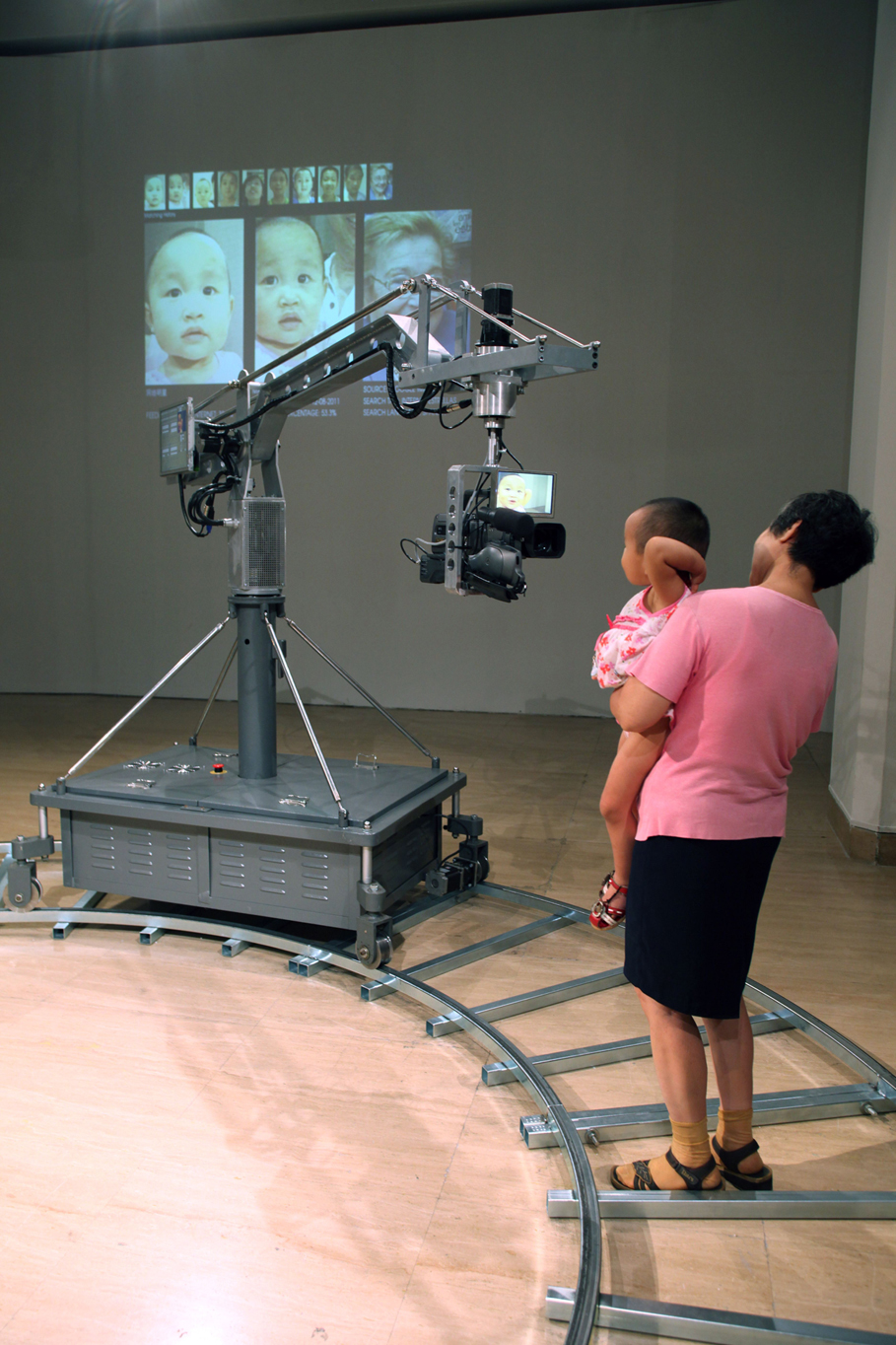
Marnix de Nijs
15 Minutes of Biometric Fame
The design of the installation 15 Minutes of Biometric Fame is inspired by the camera dollies employed in the television and cinema industries. A camera crane moves autonomously over a large circular track. In a rather intimidating manner, it points the camera at visitors in the exhibition space and scans each visitor’s facial features, comparing them to those of a vast array of preselected persons in a database.
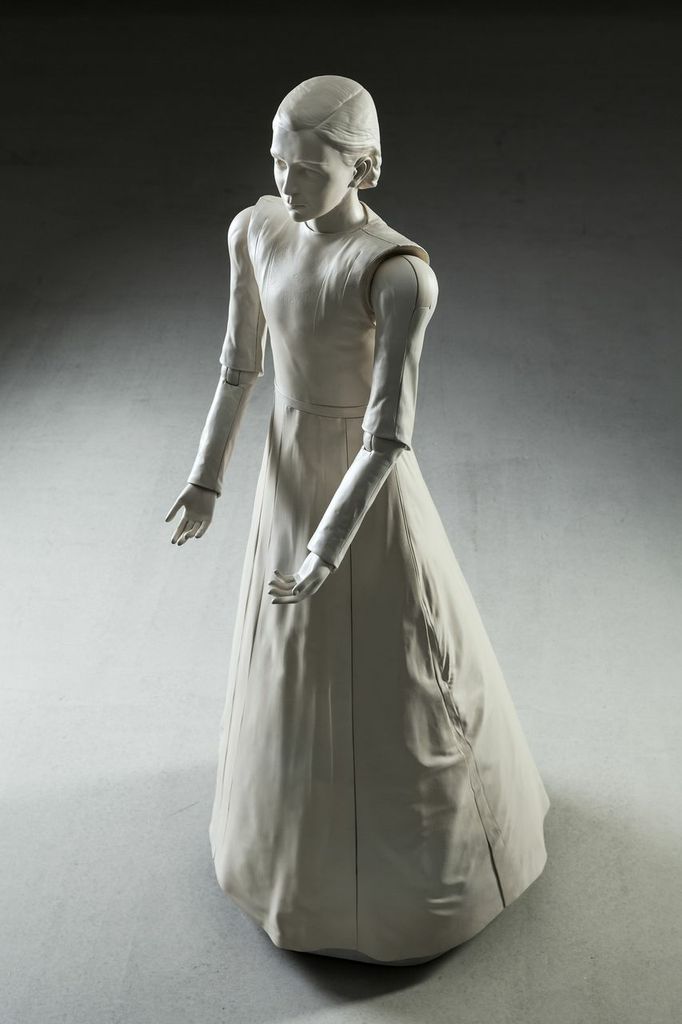
Mari Velonaki
Diamandini
Diamandini is a 155cm tall custom-made humanoid robot incorporating an omni-directional wheeled motion platform; cameras, laser scanners and computers for real-time tracking and installation control. The humanoid robot is being developed through a five year research project between Mari Velonaki and robotics scientists at the Centre for Social Robotics, Australian Centre for Field Robotics, the University of Sydney.

T-HR3 Humanoid Robot
Toyota Motor Corporation
Toyota has revealed its third generation humanoid robot, the T-HR3, which can be controlled and synchronized with the operator’s movements. The user wears data gloves and an HTC Vive VR headset that’s linked to cameras to show the robot’s perspective. T-HR3 stands 1.54 meters tall and weighs 75kg ( 5 feet, 1 inches / 165 pounds) and was developed to explore the possibility of assisting humans in the home, medical facilities, construction sites, disaster areas, and even in space.more…

QUIET ENSEMBLE
조용한 앙상블
Quintetto
Quintetto is an installation based on the study of casual movement of objects or living creatures used as input for the production of sounds. The basic concept is to reveal what we call “invisible concerts” of everyday life. The vertical movements of the 5 fishes in the aquarius is captured by a videocamera, that translates (through a computer software) their movements in digital sound signals. We’ll have 5 different musical instruments creating a totally unexpected live concert.

KATE GILMORE
كيت غيلمور
קייט גילמור
케이트 길모어
Кейт Гилмор
Sudden as a Massacre
Gilmore create a site-specific installation, video, and performance-based project. In a private performance for the camera, a quintet of women tear apart an enormous cube comprising more than5,050 pounds of wet clay. As the block disappears, the space will be covered in the evidence of action.

EVELINA DOMNITCH AND DMITRY GELFAND
Camera Lucida: Sonochemical Observatory
Camera Lucida (chamber of light or lucidity) directly transforms sound waves into light emissions by means of a phenomenon known as sonoluminescence. After adapting to the darkness surrounding the installation, one gradually perceives the detailed configurations of glowing sound fields.